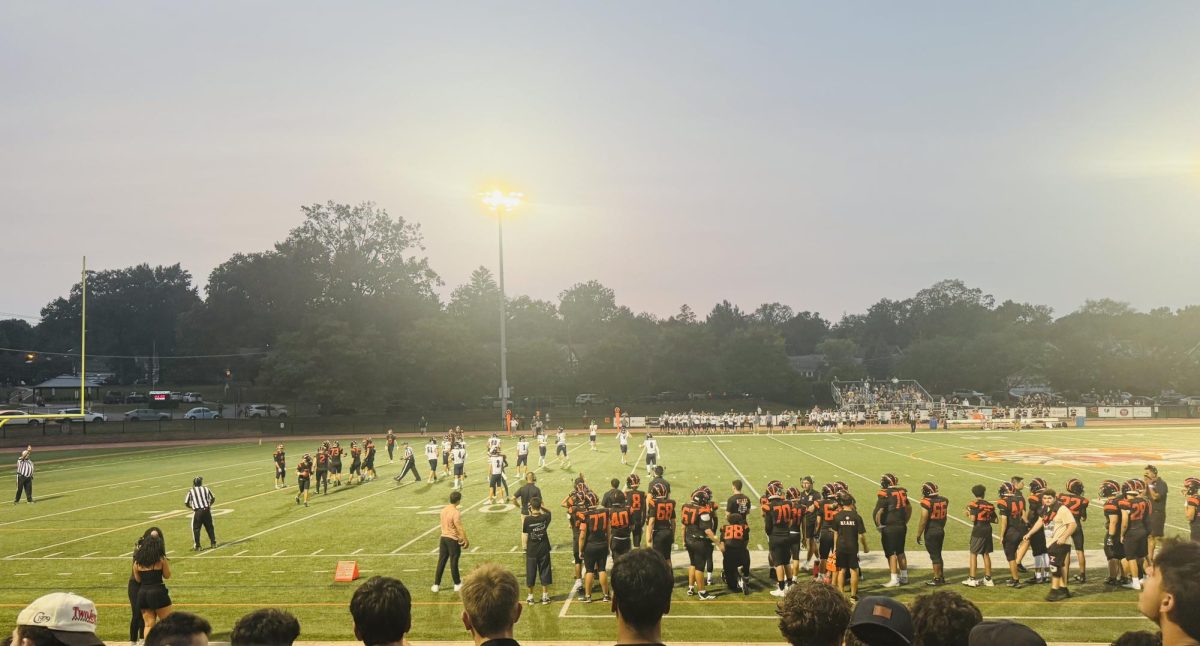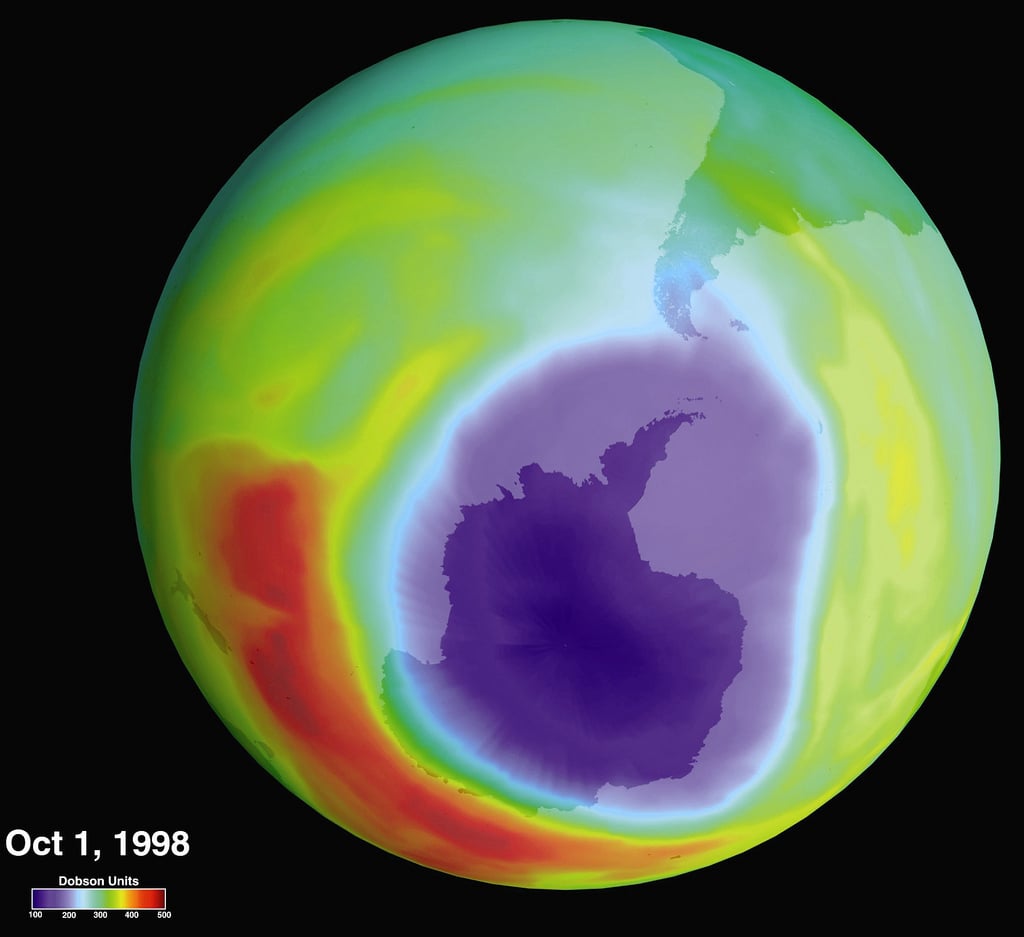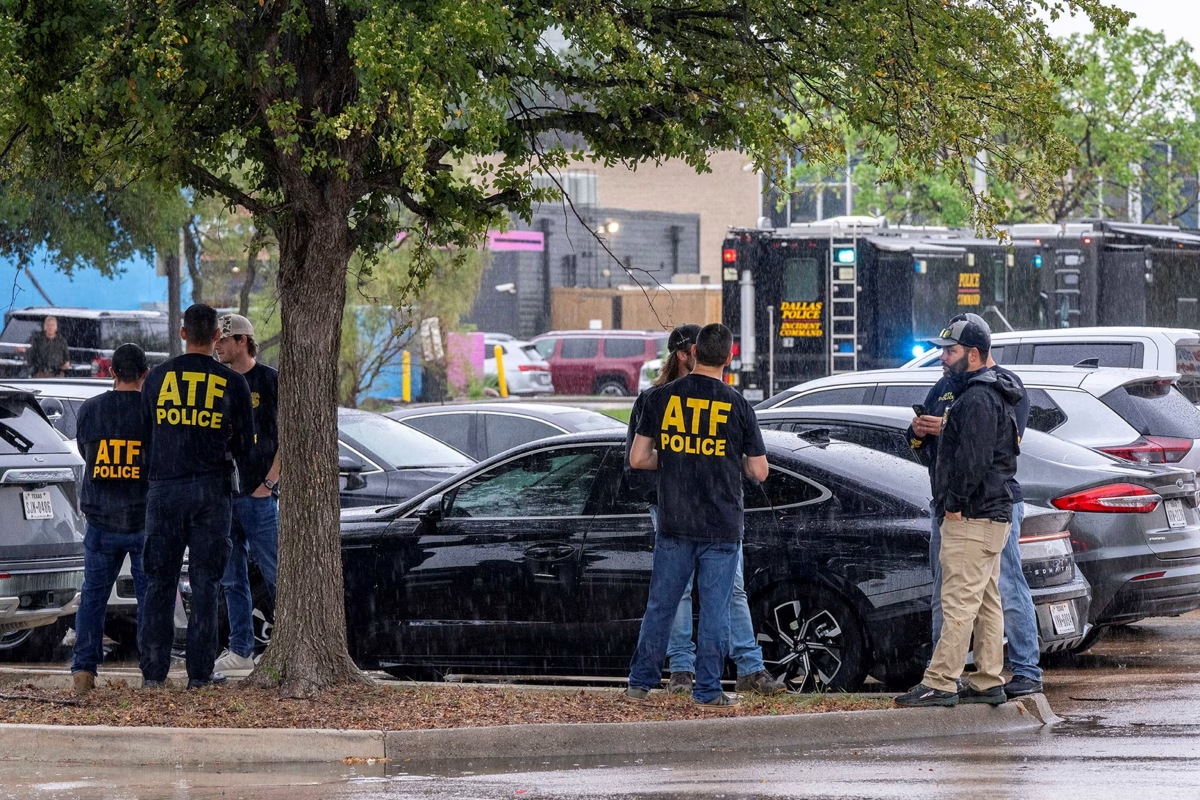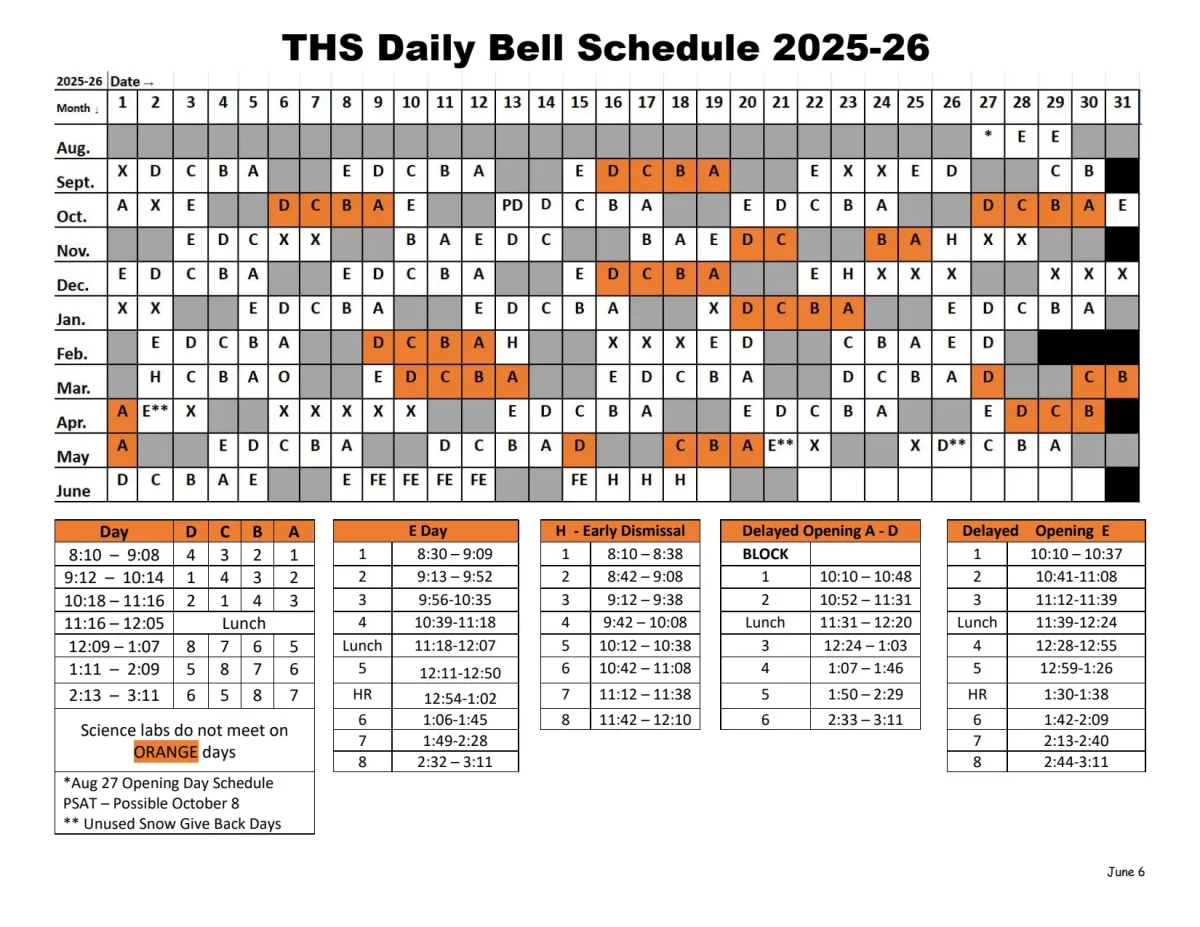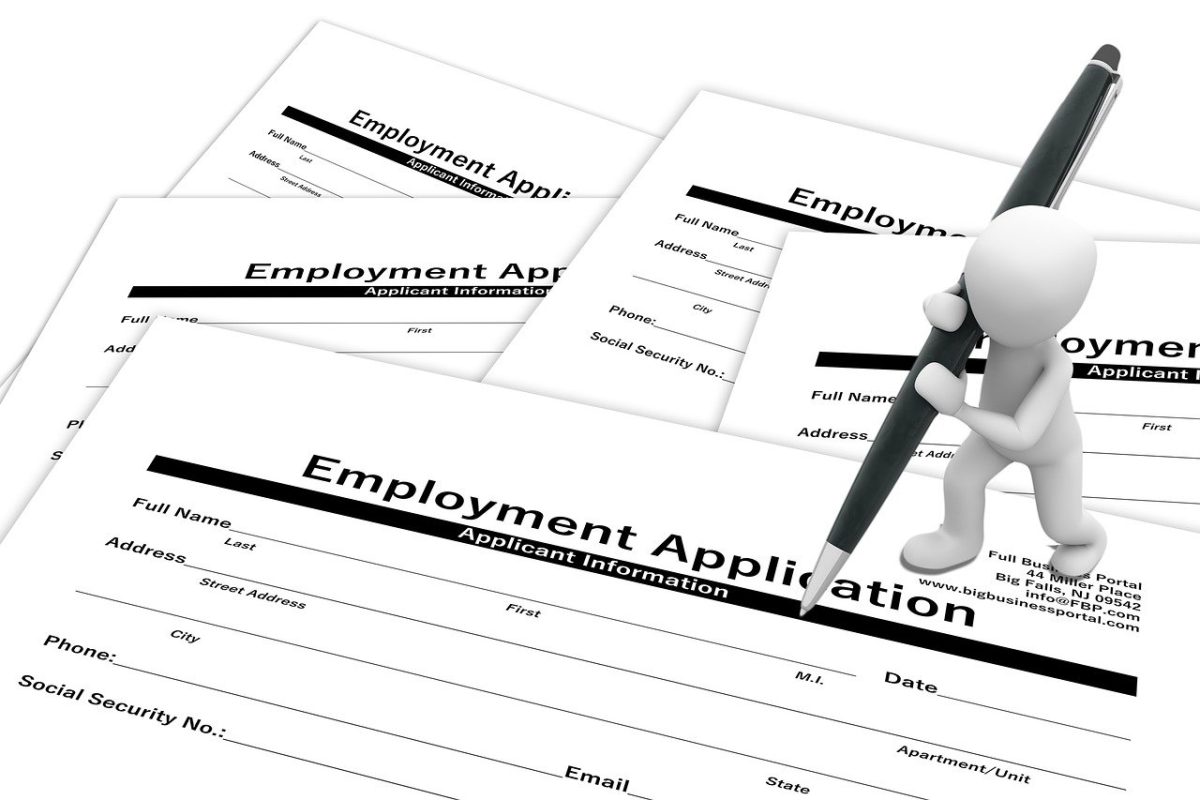The exciting and passionate festivities that all of Japan waits for when Oshogatsu, or Japanese New Year, rolls around was cruelly interrupted this year.
The lives of many in Western Japan along the coast of the Sea
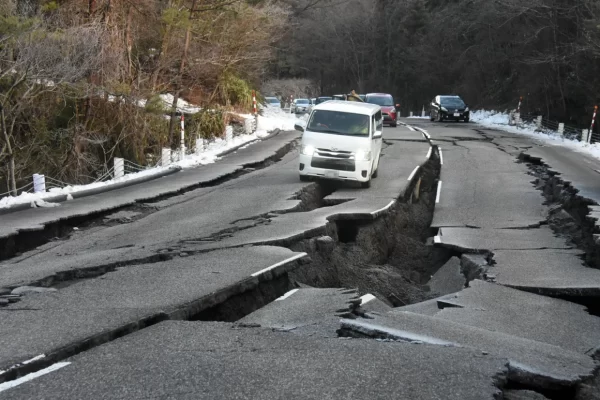
of Japan were shaken during the 2024 Sea of Japan Earthquake that occurred at 4:10 p.m. JST. The magnitude of this earthquake escalated to up to 7.6 with a death toll of at least 62 and over 300 injuries, 20 of which were critical, according to The Guardian.
This earthquake was the first incident where special warnings were sent out since the 9.0 magnitude Tohoku earthquake that ultimately triggered the Fukushima nuclear crisis, according to Mainichi Japan.
Shinkansens, or Japanese bullet trains, stopped operating during this occurrence, and thousands of people were stranded for up to 24 hours.
According to Wikipedia, the affected areas were Ishikawa Prefecture, Niigata Prefecture, Toyama Prefecture, Fukui Prefecture, Nagano Prefecture, and Gifu Prefecture.
Ishikawa Prefecture was the most severely affected by the earthquake, given that it’s located right on the Western coast of Japan. Tsunami warnings have been prolific throughout the Western coast of Japan. There have also been an abundance of fires in Wajima, Ishikawa Prefecture. Tsunamis were the most frequent on Ishikawa’s island of Honshu, most being over a meter in height.
In addition, Ishikawa’s Noto peninsula was likely the most affected individual area of Japan as a whole. A multitude of buildings set ablaze and multiple residencies were flattened.
On Wednesday, January 3, Japan’s government confirmed that there were 31,800 people seeking refuge in shelters due to the tens of thousands of houses that have been destroyed.
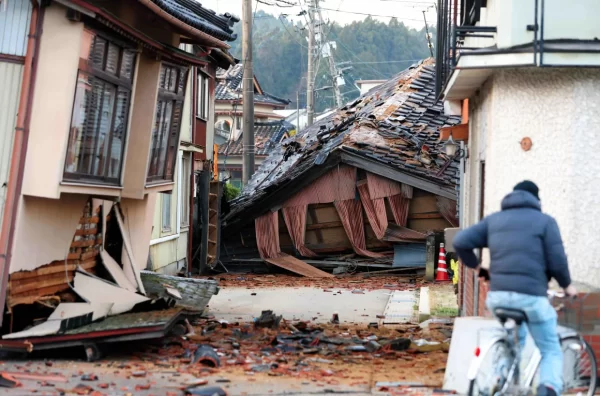
Despite earthquakes being a pretty regular experience within Japan and the nation being very prepared to face disaster, Japan tried to relay warnings regarding this earthquake and was inadequately prepared for this large earthquake, given its immense magnitude.
Understanding the urgency of the conditions the citizens of Western Japan are facing, Japan’s prime minister, Fumio Kishida, called out to the world for aid and help in trying to recover, as Japan cannot recover from this natural disaster alone.
“More than 40 hours have passed since the disaster. We have received a lot of information about people in need of rescue and there are people waiting for help,” Kishida explained.
Kishida goes on to explain that Japan’s authorities, police force, and firefighters are doing what they can to mitigate the effects of this tragedy, but that Japan cannot relieve the effects of this alone.
“However, we ask you to remain fully mindful that we are in a race against time and to continue to do your utmost to save lives, putting people’s lives first,” Kishida pleaded.
In this difficult time and harsh start to 2024, it is hoped that lessons will be learned from this disaster in having a better understanding of warning signs of large magnitude earthquakes, as that would ultimately lead to more resilient and strong communities for people to reside in. With the help of international collaboration, increasing preparedness, and more, it is hoped that Japan will experience a swift recovery from this disaster and that they will be more equipped for such tragedies in the future.
Most importantly, though, it is important that we keep the victims of this disaster in our hearts during this hard time, and wish only the best for them.




















































